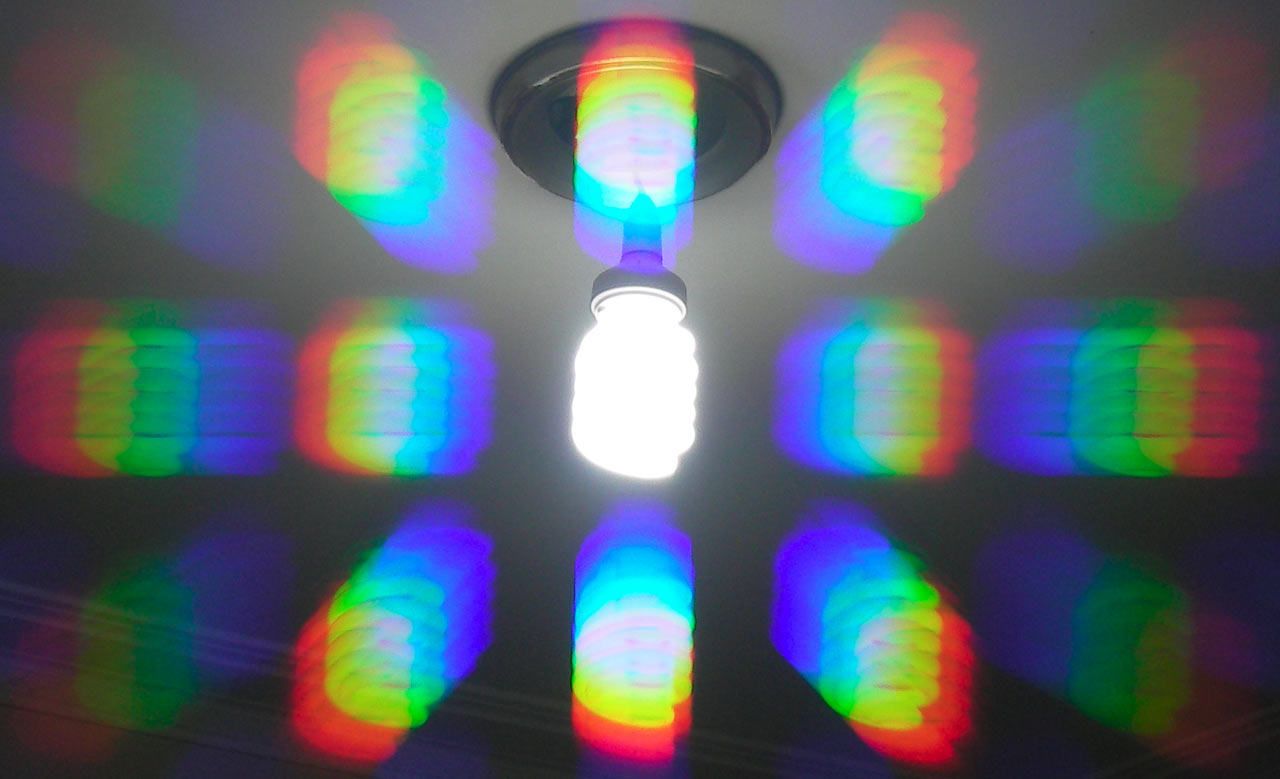

What you will have to watch out for is the way that you get the value for "d" to use in the formulas.Whether you are using a true diffraction grating or just a replica, you can still use both of the formulas that we looked at in Young's Double Slit Experiment ( Lesson 58)
LIGHT DIFFRACTION SHEET CRACK
Have you ever been driving in a car that had a big crack in the windshield? You probably found it was very distracting if the crack was right in front of your eyes.Īlthough the replica diffraction grating shown in Figure 3 doesn’t appear to be splitting up light into colors, when you are actually looking at it in person you can see faint colors around bright objects.Their solution was to look at things a little differently.The problem was, how could you possibly cut that many slits into a screen… you simply can’t. They figured that this would produce incredibly sharp interference fringes that they would be able to measure even more accurately than those in Young’s experiment, which would allow them to measure the wavelengths of light even more carefully.These guys wanted to figure out a way to have hundreds, or thousands of slits, cut into the screen. Now, when I say a lot of slits, I really do mean a lot.Was there a way to make an apparatus like his that had a lot of slits in the first screen….This was an idea that some physicists thought of after Young’s work had been published. If one is good, and two is better, a bunch would probably be fantastic!.




 0 kommentar(er)
0 kommentar(er)
